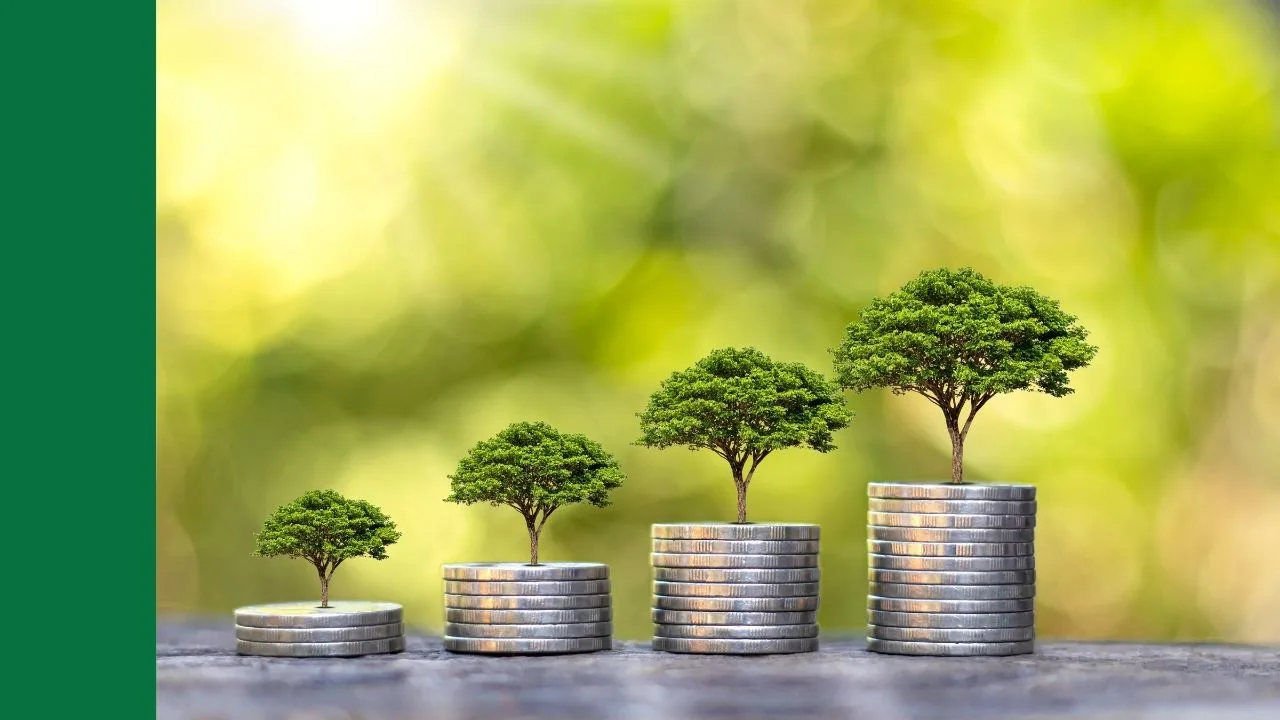Woolworths Group (ASX: WOW) announced last week that it had received approval to sell its 540 fuel convenience sites and return approximately $1.7 billion to shareholders. Cha-ching!
While Woolworths’ investors will undoubtedly appreciate receiving this additional income, the question must be asked, are Woolworths shares offering good value today?
Recent result
Woolworths reported group sales growth of 2.3%, Net Profit after Tax (NPAT) from continuing operations up 2.1% and a lift in dividend per share of 4.7%. These numbers are just above the 1.8% inflation rate reported by the RBA for December 2018. While these levels of growth are far from exciting, they are representative of a giant mature business.
Woolworths’ Supermarket sales were the highlight of the result with sales for the first half rising 2.3% and EBIT up 4%. Removal of single use plastic bags, which has impacted us all, was blamed for a weaker than expected first quarter.
Big W generated comparable sales growth of 5% in the recent quarter, however, losses are expected to be just below prior year loss of $110 million.
‘Endeavour Drinks’, comprising of brands such as Dan Murphys and BWS experienced sales growth of 1.8% while EBIT decreased 6.4%. Management noted that ‘cooler and wetter weather’ and a ‘low growth market’ were to blame.
Hotels, Woolworths Group’s smallest division, experienced sales growth of just 0.5%.
1 Quick Way To Value Woolworths Group Shares
We can quickly value Woolworths Group shares using the Gordon Growth Model (a type of Dividend Discount Model). Essentially we can value the company using next year’s dividend, an expected growth rate of dividends and our required return.
The Gordon Growth Model formula is as follows. Value per share = Expected Dividend per share ÷ (Required return – Dividend Growth Rate)
I will assume that dividends will grow at a rate of 3% going forward. This is at the upper end of the RBA’s stated inflation target of 2-3% over the long term.
For this valuation, I have assumed a required return of 9%. You will find methods of determining a required return by viewing Rask Finance’s Earnings Power Value tutorial.
Analysts at Morningstar have forecast Woolies’ total dividends of $0.978 per share for the 2019 financial year. Using our assumed dividend growth rate of 3%, total dividends per share for the 2020 financial year will be $1.07.
Therefore the Gordon Growth Model provides a valuation of $17.83. This is far below the share price at the time of writing of $29.40.
What if we were to adjust our valuation to account for the imminent return of $1.7 billion to shareholders?
According to the ASX website, there are 1.32 billion shares in Woolworths. Therefore the $1.7 billion capital return equates to about $1.29 per share.
Adding this to our Gordon Growth Model valuation, our adjusted valuation would be $19.12. Again, this is far below the current price and suggests the share price may be significantly overvalued.
[ls_content_block id=”14945″ para=”paragraphs”]








